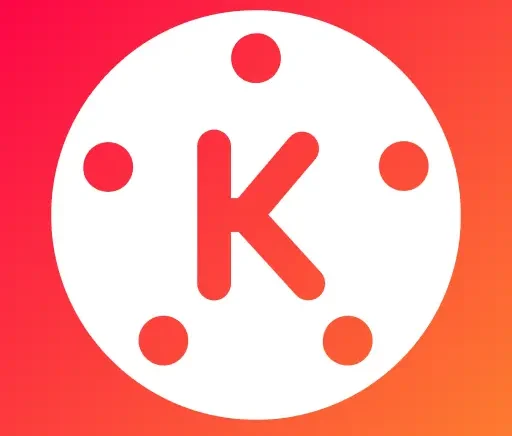
The traditional boundaries between formal and casual attire continue to blur, creating new opportunities for versatile wardrobe pieces that transition seamlessly across dress codes. Custom tailored garments, once reserved exclusively for formal business and ceremonial occasions, have evolved considerably beyond these limitations. Modern styling approaches have transformed the custom suit from formal attire into a sophisticated foundation for elevated casual looks that work across numerous social contexts.
The rise of Custom Suits in Dallas reflects a shift toward clothing choices that emphasize comfort and structure. Today’s approach focuses on creating garments that are cross-functional rather than occasion-specific. This adaptability proves particularly valuable in today’s fluid dress codes, where the same garment might transition from daytime business to evening social events with minor styling adjustments.
Refined deconstruction
- Soft shoulders – Minimal padding creates natural shoulder lines essential for casual silhouettes
- Partial lining – Reduced internal structure allows greater movement and comfort in social settings
- Lighter canvassing – Flexible chest construction permits more natural drape without sacrificing shape
- Natural sleeve head – Minimal gathering at shoulder creates fluid lines appropriate for casual contexts
- Relaxed trouser cut – Slightly fuller leg silhouettes balance the casual aesthetic throughout the entire look
These construction modifications maintain the precise fit advantages of custom tailoring while eliminating the rigid structure that reads as excessively formal in casual environments.
Beyond the tie
The most immediate causal transformation comes from reimagining what accompanies the suit itself. Replacing traditional dress shirts with knitted polos, lightweight merino sweaters, or even premium t-shirts instantly shifts the formality level while maintaining sophistication. These alternative pairings eliminate the collar-and-tie formality that defines traditional suiting while benefiting from custom garments’ precision fit and quality.
Layering adds anotherl dimension, with unconventional combinations like chambray shirts under suit jackets or lightweight quarter-zip sweaters creating textural complexity impossible with traditional formal styling. These unexpected pairings deliberately subvert classic suit formulations, signaling intentional adaptation rather than incomplete formal dressing. The deliberate nature of these combinations communicates style fluency rather than dress code confusion.
Accessory transformation
- Footwear flexibility – Loafers, minimalist sneakers, or suede chukkas replace traditional oxfords
- Alternative pocket adornments – Patterned pocket squares or casual fabrics replace formal white linen
- Visible casual layers – Intentionally exposed casual underpinnings like henley collars or t-shirts
- Belt substitutions – Woven, fabric, or casual leather options replace formal dress belts
- Watch choices – Sport or field watches instead of dress styles complete the casual transition
These intentional accessory choices reinforce the interpretation, creating style coherence that reads as deliberately rather than incompletely formal.
Traditional formal suiting colors like navy and charcoal can adapt to contexts through texture modifications, but honestly custom suits often explore expanded color palettes. Earth tones communicate sophistication while maintaining versatility. These colors pair more naturally with casual accessories while creating visual separation from traditional business attire. Pattern selection also influences adaptability, with subtle textures, muted checks, and understated plaids offering more visual interest than solid formal fabrics. These patterns create depth and character appropriate for social settings while maintaining sufficient sophistication for elevated environments where standard wear would be insufficient.






